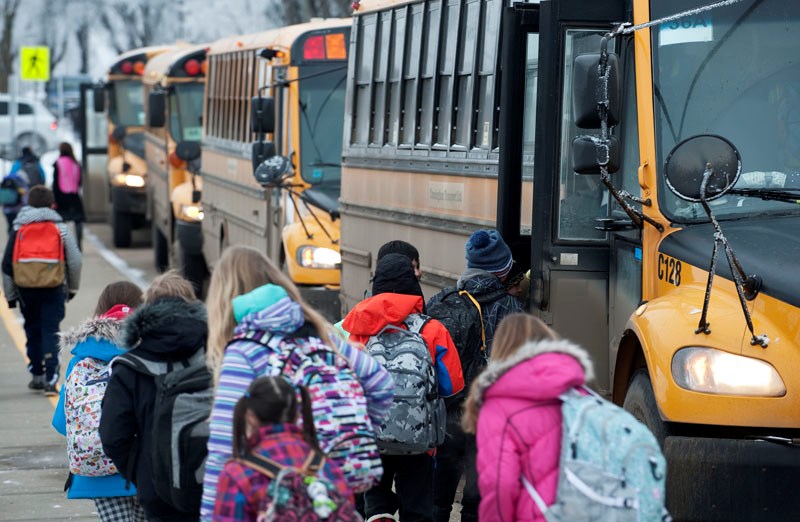St. Albert school districts say they are pleased with funding increases in the new provincial budget, and are eager for details of how the money will be allocated.
In its budget tabled on Feb. 28, the Government of Alberta comitted to hike education funding by 5.2 per cent, compared to a 1.7 per cent increase last year, and allocated $42 million per year to help students with diverse needs. The budget provides $8.8 billion for 2023 and $9.2 billion in 2025-26. Education spending has hovered at approximately $8.2 billion for the past four years.
The province says nearly $1.7 billion will go to hire more than 3,000 new teachers and support staff province-wide, along with $421 million for student transportation.
Becigneul explained the government supplies each provincial school district with funding allocated to specific grants or tasks. For example, one funding "envelope" might include money for the program unit funding (PUF) grant, while another might cover hiring educational staff. If funding is cut in one area, it doesn’t always mean it will be included in another, which accounted for cuts to the PUF program in 2019, he said.
The province is expected to release both the Alberta education funding manual and the preliminary jurisdictional funding profiles to the local districts in the coming weeks.
Becigneul noted the province set aside money for foundational learning, which focuses on literacy and numeracy for students with learning gaps from at-home, digital learning during the pandemic. He said the division has seen “tremendous success” with the program instituted in the district.
St. Albert Public Schools secretary treasurer Michael Brenneis said his district is eager for more information about learning-support funding.
“Those are some of the students that have specialized learning supports that they would need, as well as some of our earlier learners that are applicable to program unit funding," Brenneis said. "Those were some of the students that have needs at the very early age. So, we're excited to see that there looks like there's some increases in that funding. There also looks to be a new grant on classroom complexity."
Brenneis also noted the increased funding for transportation, saying, “It looks like the eligibility in terms of the types of students that qualify for funding, as well as the distance has been shortened for students that live in proximity to their schools. So, more students should qualify for grant funding.”
He said it appears local school districts will still face inflationary pressure, even with additional funding. “[We] appreciate the funding, but those inflationary pressures are really crippling at this time.”
Basic instructional funding makes up most of the district’s funding and Brenneis said it looks as though it will be increasing; however, he said the increase may be “eroded” as other grants are pulled from the basic instructional funding envelope. “The increase might not be there as it looks, because we'll get an increase on that line. But another grant is going to disappear. And that might be a net-zero effect.”
Another concern for the local jurisdiction is the moving average calculation for population growth.
The district is funded 50 per cent on estimated growth for the year, 30 per cent on the prior year, and 20 per cent on the year before that.
“Every student is not worth the same dollar amount. If you're a growing jurisdiction, it's not full funding,” Brenneis said. “I think it would have been a good opportunity to have a closer look at that and reworked that formula. Because the province as a whole is on a trajectory of growth, which will be reflected at higher student numbers. So, a jurisdiction like ours would always appreciate full funding for any growth we have in our student enrolment.”
The St. Albert Public board would also like to see local autonomy over reserve funding, to allow the board the ability to apply the reserves based on local need.
More information is expected in the coming weeks as districts learn details of the budget and how it will be allocated locally.
“The jurisdiction is always appreciative of additional funding that we would receive from Alberta Education that would help us deliver educational services and meet the needs of our students,” Brenneis added.




